Description
As far as we know, there have been brooms – dried plants tied to handles for sweeping – as long as there have been people. In the middle ages and later, brooms were called besoms and broom makers were called besom-squires. They made brooms of cornshucks, dry grasses, or birch twigs.
In 1756, Ben Franklin sent seeds of a variety of sorghum known as “whisk corn” or “broom corn” to friends in New England and it soon became popular in gardens. Broomcorn is a low sugar variety of sorghum as opposed to the better known sugar cane, where we get most of our sugar. In 1797, Levi Dickinson, a Massachusetts farmer, made his wife a broom out of sorghum tassels. It turned out so well that soon everyone wanted one and Dickinson and his sons were in the broom business! They soon invented designs and machines to make them that would help brooms hold together better.
The flat broom was an innovation by the Shakers, a utopian society of the early 1800s. They used a vise to squeeze the broomstraw flat, then stitched it down tight, making a broom very like the ones we use today. America quickly began exporting brooms around the world. Duty-free imports of brooms, which began in the 1990s, have slowed industrial broommaking to a trickle, but artisans still make brooms by hand in communities around the country and the world. These artisans use ancient techniques to create uniquely artistic and beautiful brooms for decoration and for daily use, too.
Crate Contents:
Broomstraw – This specially-processed broomcorn, trimmed to 12 inches, is called hurl or outsides. This is the most high quality grade of broomstraw.
Spindle – You’ll use this to keep your waxed cord under tension.
Waxed Cord – This 1 millimeter cord binds the broomstraw together to form the broom.
Rattan – Flat rattan reed 3/8 inch wide is used for plaiting the handle of your broom.
Large Blunt Needle – This is helpful for sewing the broomcorn for certain types of brooms.
Reed Clippers – These small clippers are perfect for clipping broomstraw and rattan.
Walnut Dye – Use this to dye either broomstraw, rattan, or both.
Detailed, Illustrated Instructions to make several types of small brooms.
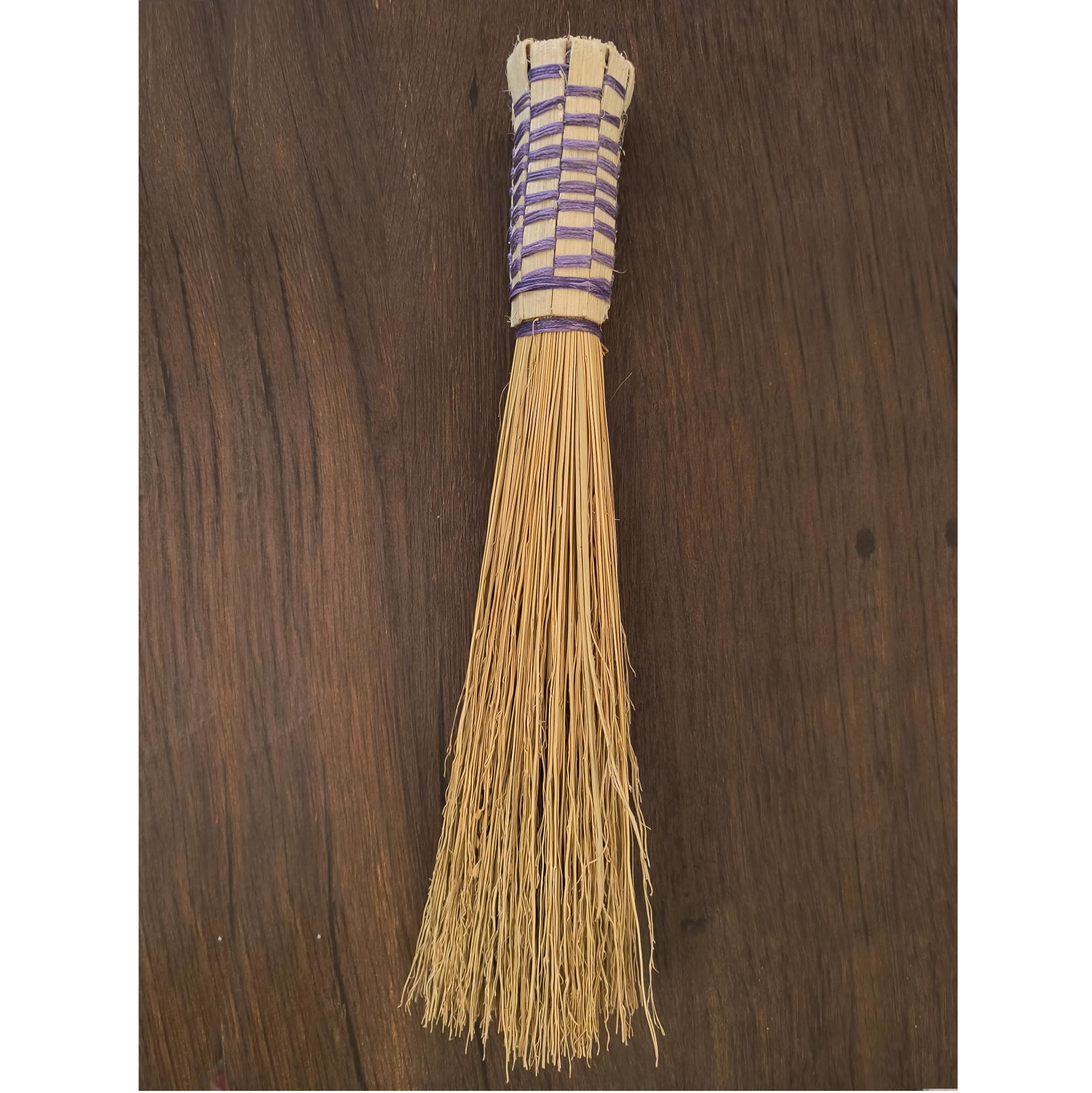
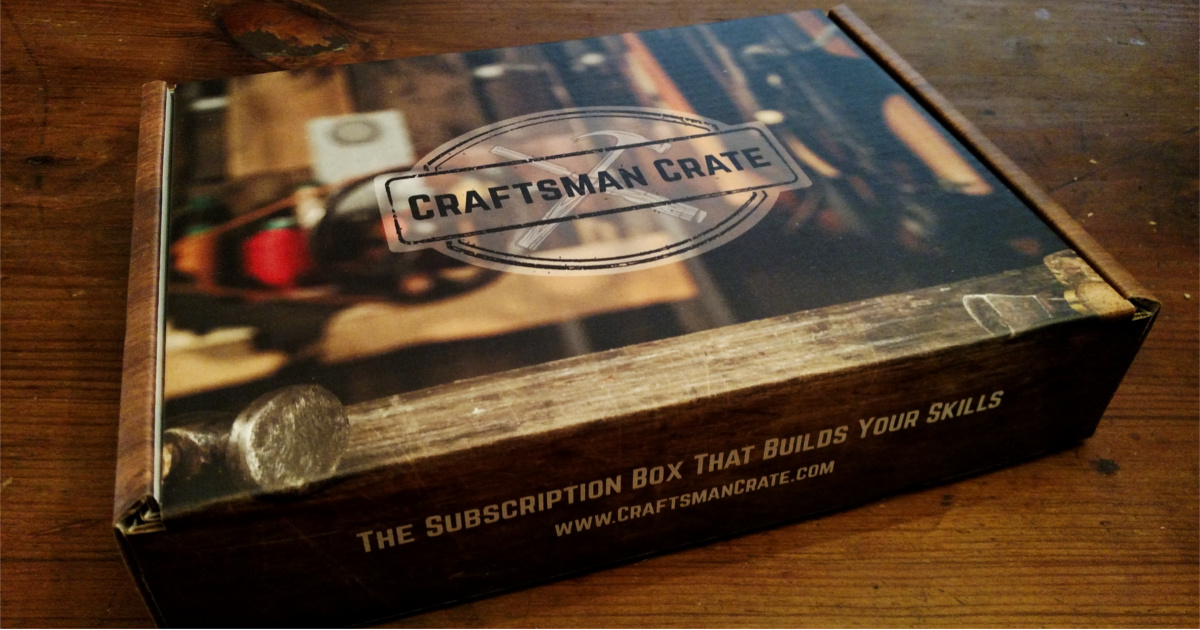
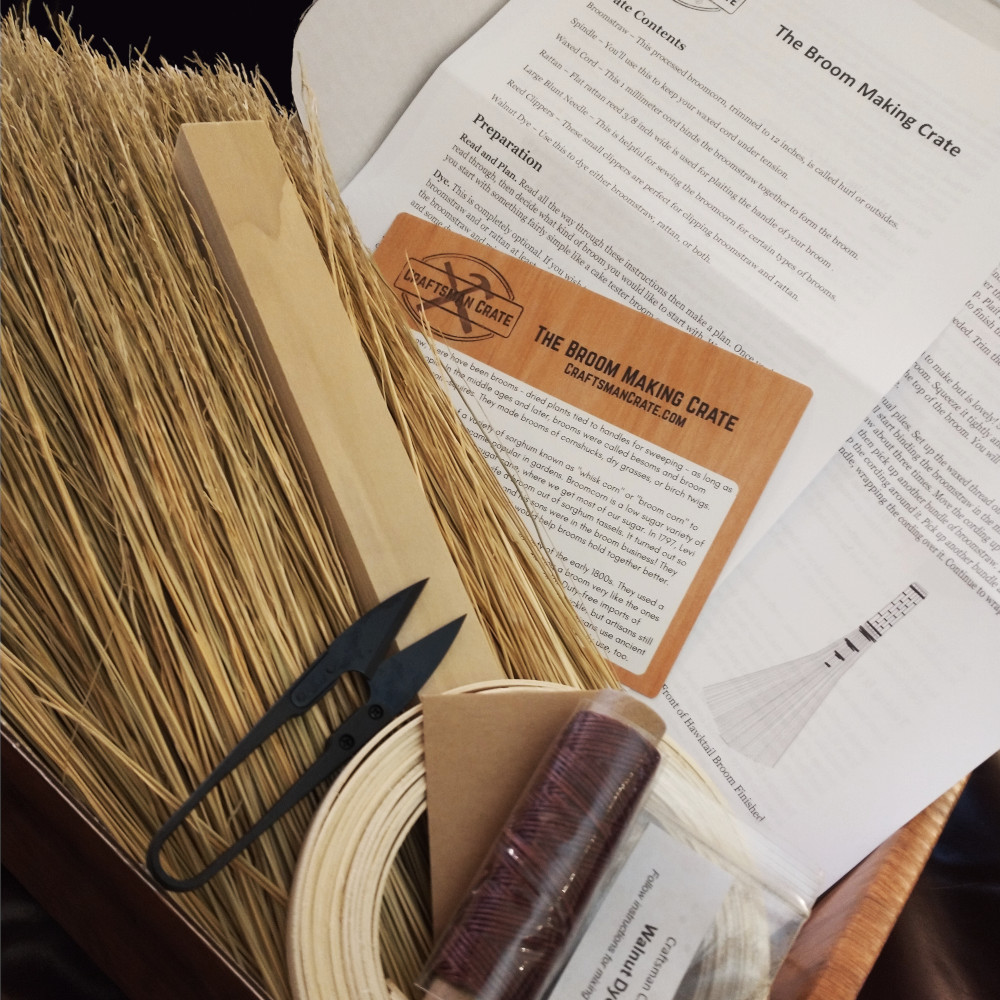
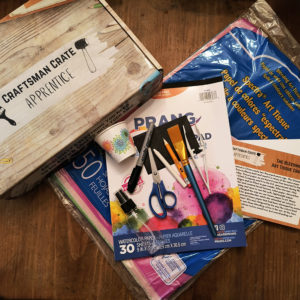
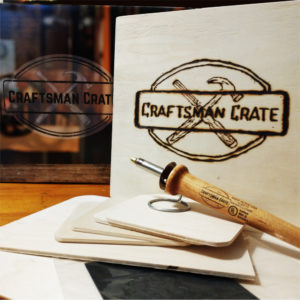
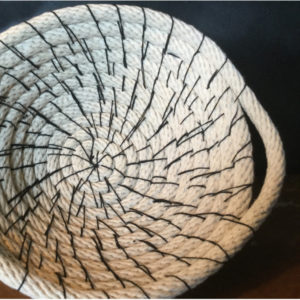
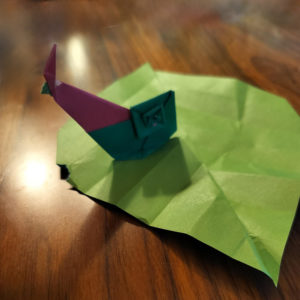
Reviews
There are no reviews yet.